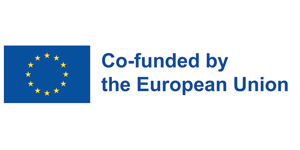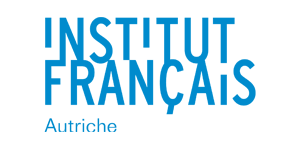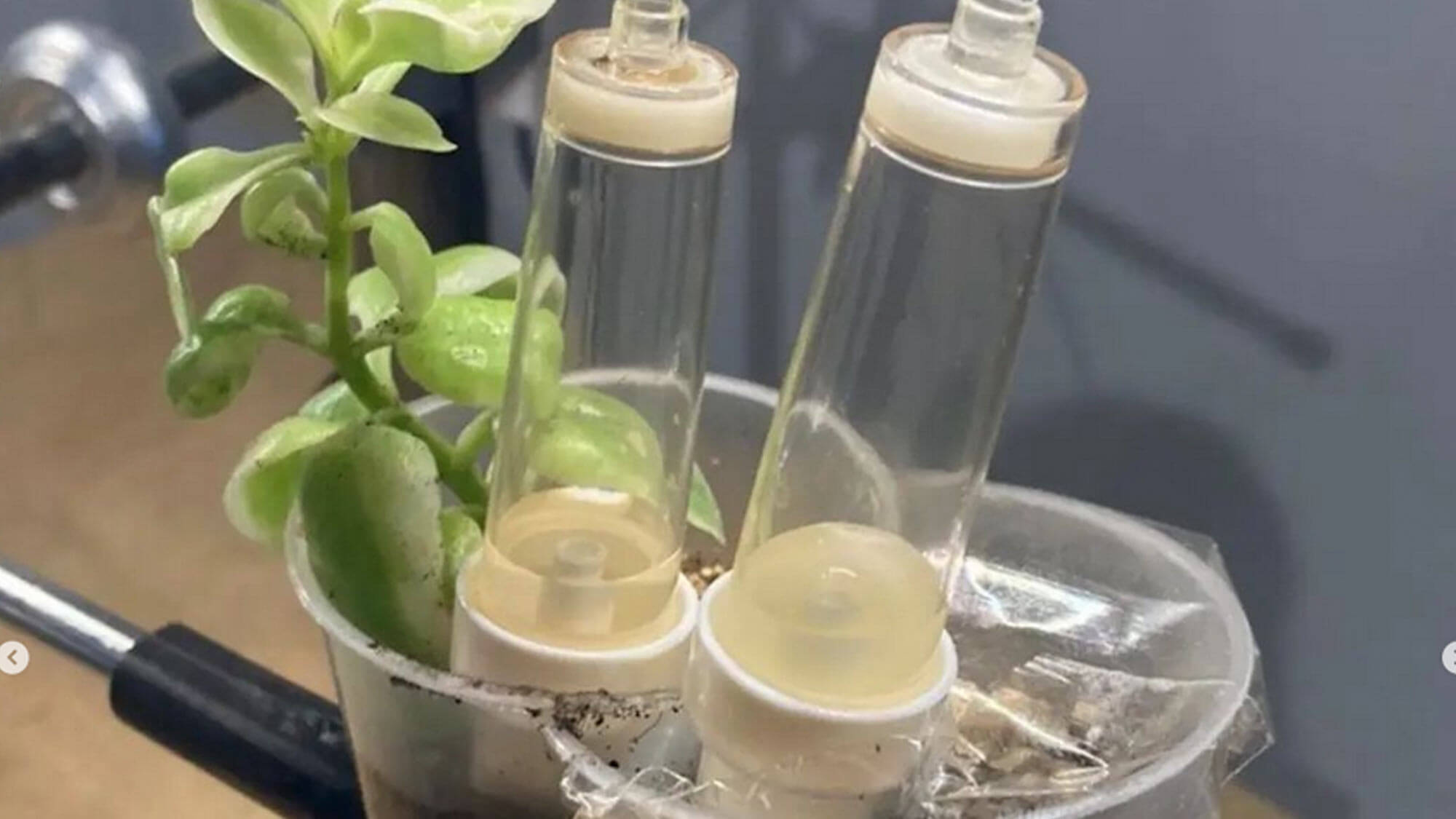Ghostly plants of damaged worlds is an installation featuring a series of plants affected by albinism. They are white in color due to an inability to produce photosynthesis. Affected by albinism, each one is unable to produce photosynthesis. It transforms itself into a mutant form of plant that is obliged to pump sap from its host or a nearby plant, yet has a phytoremediation capacity to clean up heavy metals in the soil.
The installation is based on a plausible fact conceived and created within a speculative framework: “From one day to the next, the soil is overloaded with heavy metals, preventing plants from feeding and photosynthesizing. A massive invasion of albino plants occurs.”
The device between technological world art and biomedia art presents a technological and industrial assemblage of scientific equipment such as a microscope, pH sensors, a visualization tablet and plant-feeding serum containers.
By “manipulating” plants and organisms, this attitude displays the prejudice that plants are the property of humans subject to exploitation, conquest and overexploitation. In the image of the mutation of photosynthesis, we wish to reconsider the relationship between humans and “earth soil”. By creating an artificial source of food, we want to go further than the spirit of mere possession and predation.
Credits
With the kind support of Institut Français.
This project is funded and presented in the context of the EMAP project co-funded by the Creative Europe Programme of the European Union.
Alizée Armet (FR)
Alizée Armet (1991, Bayonne) lives and works between Bilbao (Spain) and Bayonne (France). Her artistic works have been presented at various international exhibitions. As an artist-researcher, she’s both a new media artist and a creative coder. Her line of research attempts to create a dialog between art and science. Demystifying the myth of singularity, her practice integrates computers, 3D printing objects, digital impression and some ‘‘living materials’’ (plants, bacteria etc.) as part of the installation. Located in the creative and innovative context of the 21st century, iher work sets out to clarify the complexity of technology.





